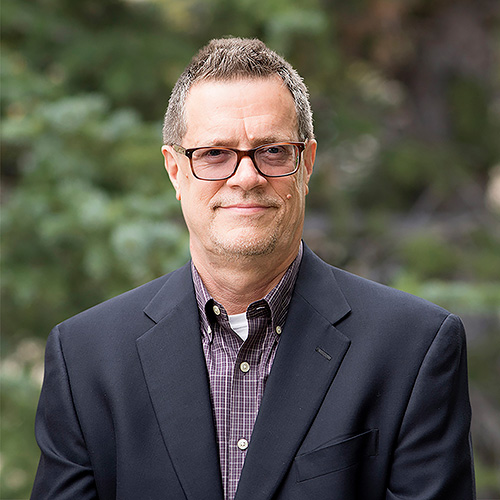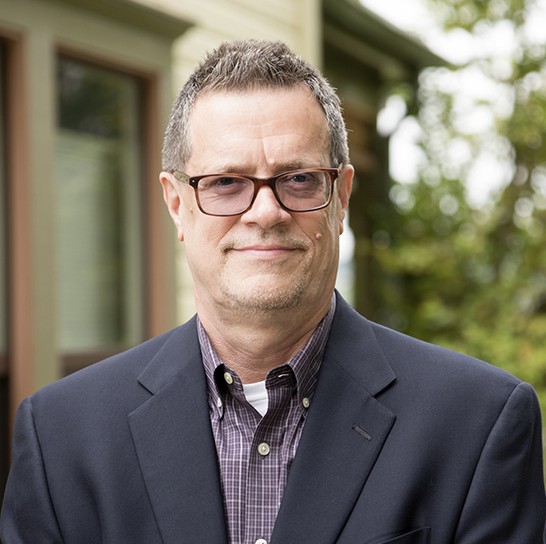
Mr. Barry Kellems is a principal engineer with more than 30 years of consulting experience, focusing on environmental remediation of contaminated sediments, groundwater, and soils. He has prepared feasibility studies, developed cleanup action plans, and served as project manager/engineer for the design and implementation of remedial action projects.
Mr. Kellems also specializes in stormwater and wastewater management at industrial facilities. His experience includes NPDES permitting, feasibility studies, and design, construction, and performance monitoring of treatment facilities for a range of industries. His project experience also encompasses waste management and environmental compliance at industrial facilities, including the development of plans for spill prevention and waste minimization.
As a technical expert, Mr. Kellems has supported many litigation projects that involved engineering evaluations of the above subject matter.
M.S., Environmental Engineering, Cornell University, Ithaca, New York, 1985
B.S., Civil Engineering, Oregon State University, Corvallis, Oregon, 1983
Professional Engineer, California (License No. C44018), Washington (License No. 32477), Oregon (License No. 44304), Alaska (License No. 8134)
Life Member American Society of Civil Engineers (ASCE)
Member Coasts, Ocean, Ports, and Rivers Institute (COPRI)
Member Tau Beta Pi, Engineering Honor Society
American Water Works Association (AWWA) Scholarship (1983–1984)
American Public Works Association (APWA) Scholarship (1981–1983)
Barry L. Kellems, P.E. Associate of Integral
Mr. Barry Kellems is a principal engineer with more than 30 years of consulting experience, focusing on environmental remediation of contaminated sediments, groundwater, and soils. He has prepared feasibility studies, developed cleanup action plans, and served as project manager/engineer for the design and implementation of remedial action projects.
Mr. Kellems also specializes in stormwater and wastewater management at industrial facilities. His experience includes NPDES permitting, feasibility studies, and design, construction, and performance monitoring of treatment facilities for a range of industries. His project experience also encompasses waste management and environmental c...
Mr. Barry Kellems is a principal engineer with more than 30 years of consulting experience, focusing on environmental remediation of contaminated sediments, groundwater, and soils. He has prepared feasibility studies, developed cleanup action plans, and served as project manager/engineer for the design and implementation of remedial action projects.
Mr. Kellems also specializes in stormwater and wastewater management at industrial facilities. His experience includes NPDES permitting, feasibility studies, and design, construction, and performance monitoring of treatment facilities for a range of industries. His project experience also encompasses waste management and environmental compliance at industrial facilities, including the development of plans for spill prevention and waste minimization.
As a technical expert, Mr. Kellems has supported many litigation projects that involved engineering evaluations of the above subject matter.
- Remedial Design
- Litigation Support
- Feasibility Studies
- Stormwater Treatment
- Stormwater Management
- Industrial Wastewater
- Oil and Gas Waste Management
- Regulatory Compliance


